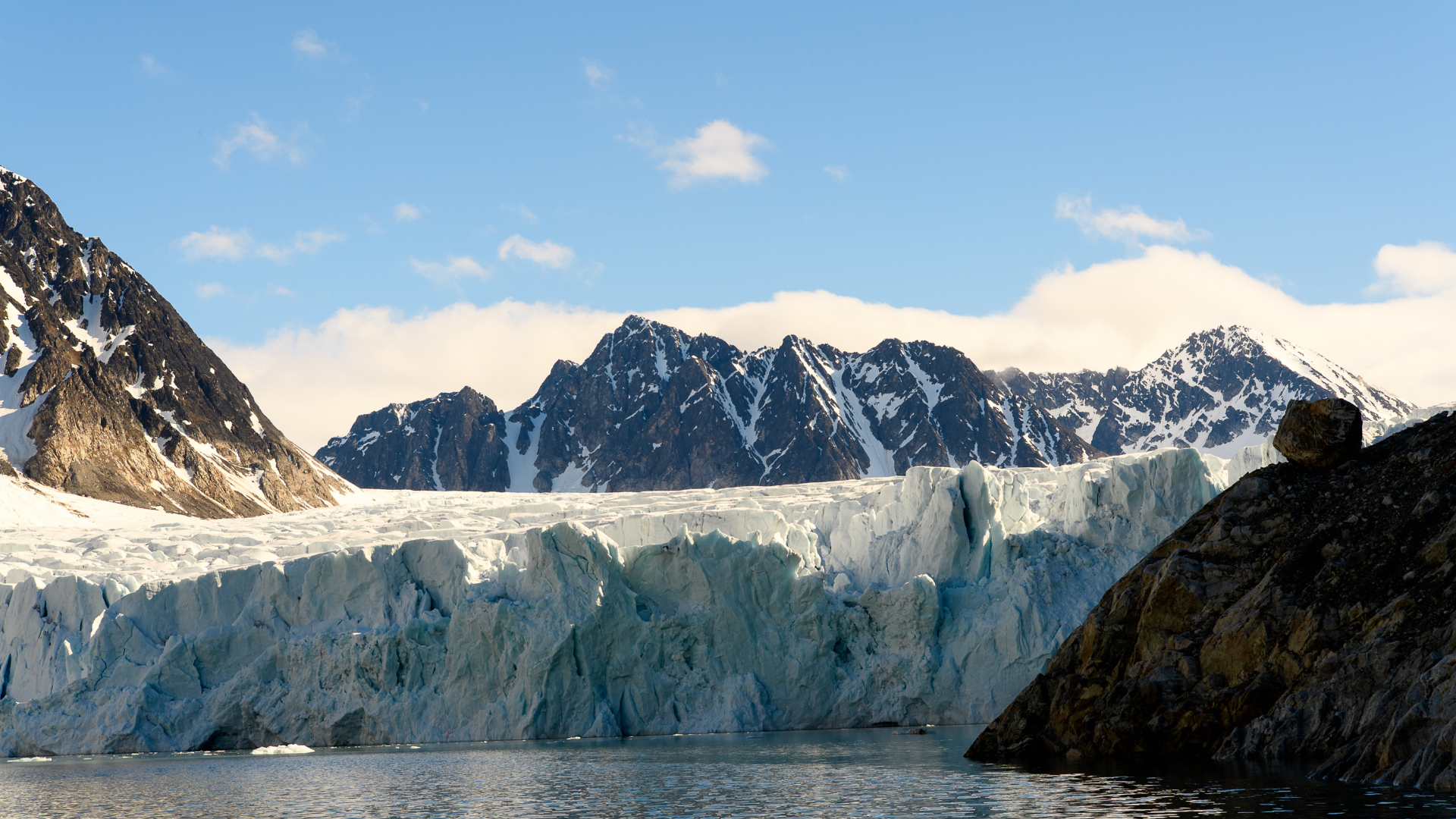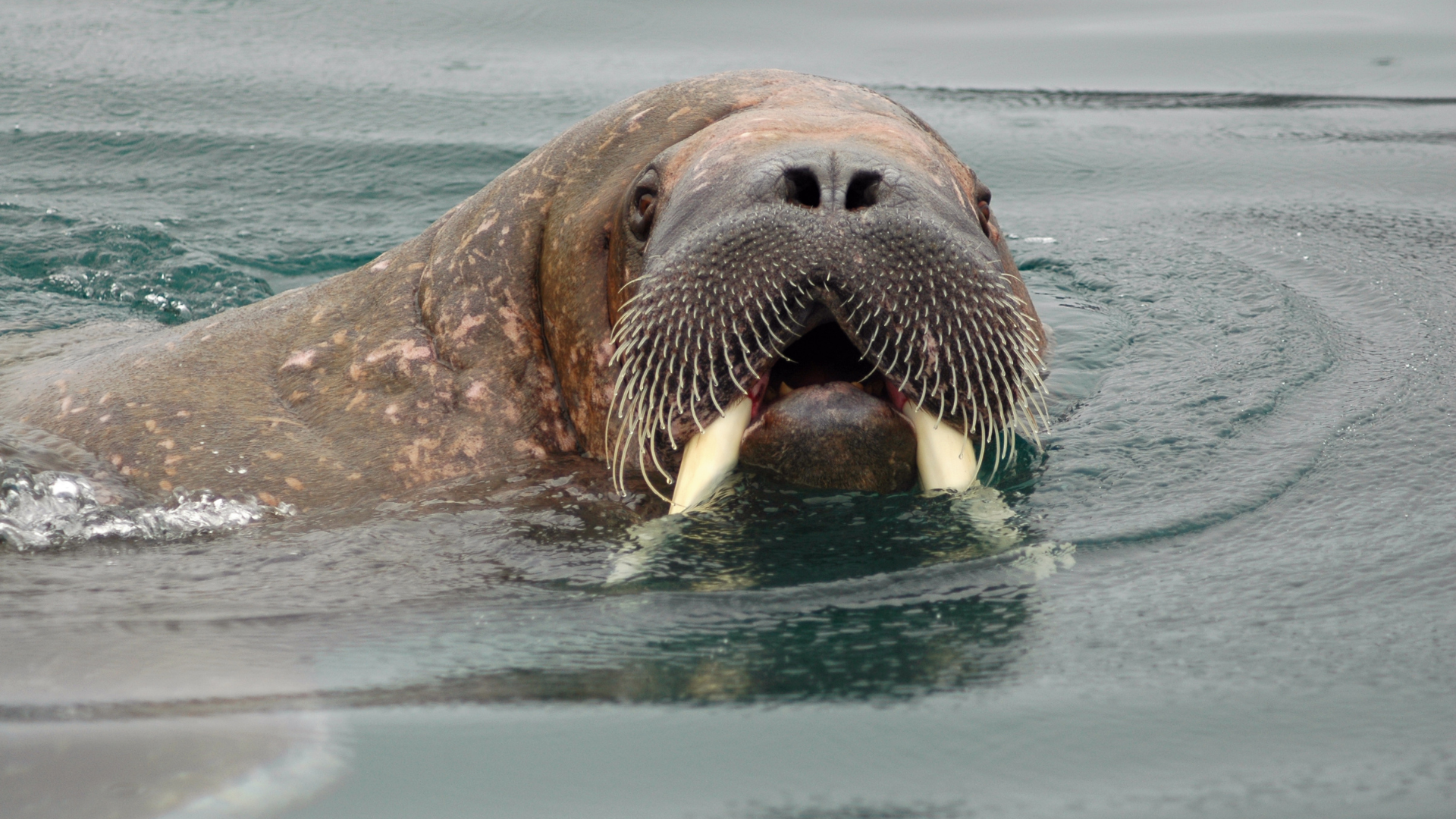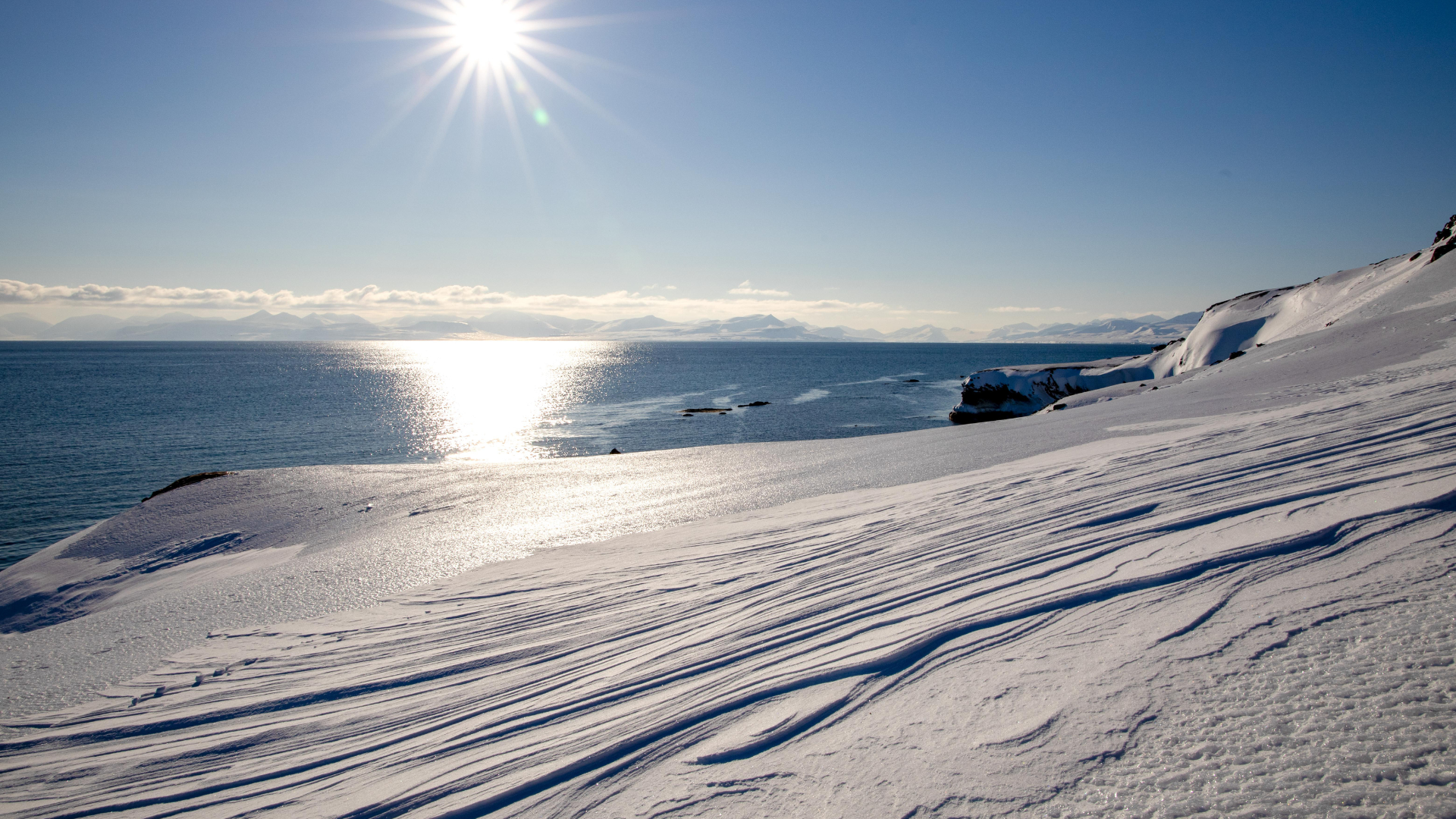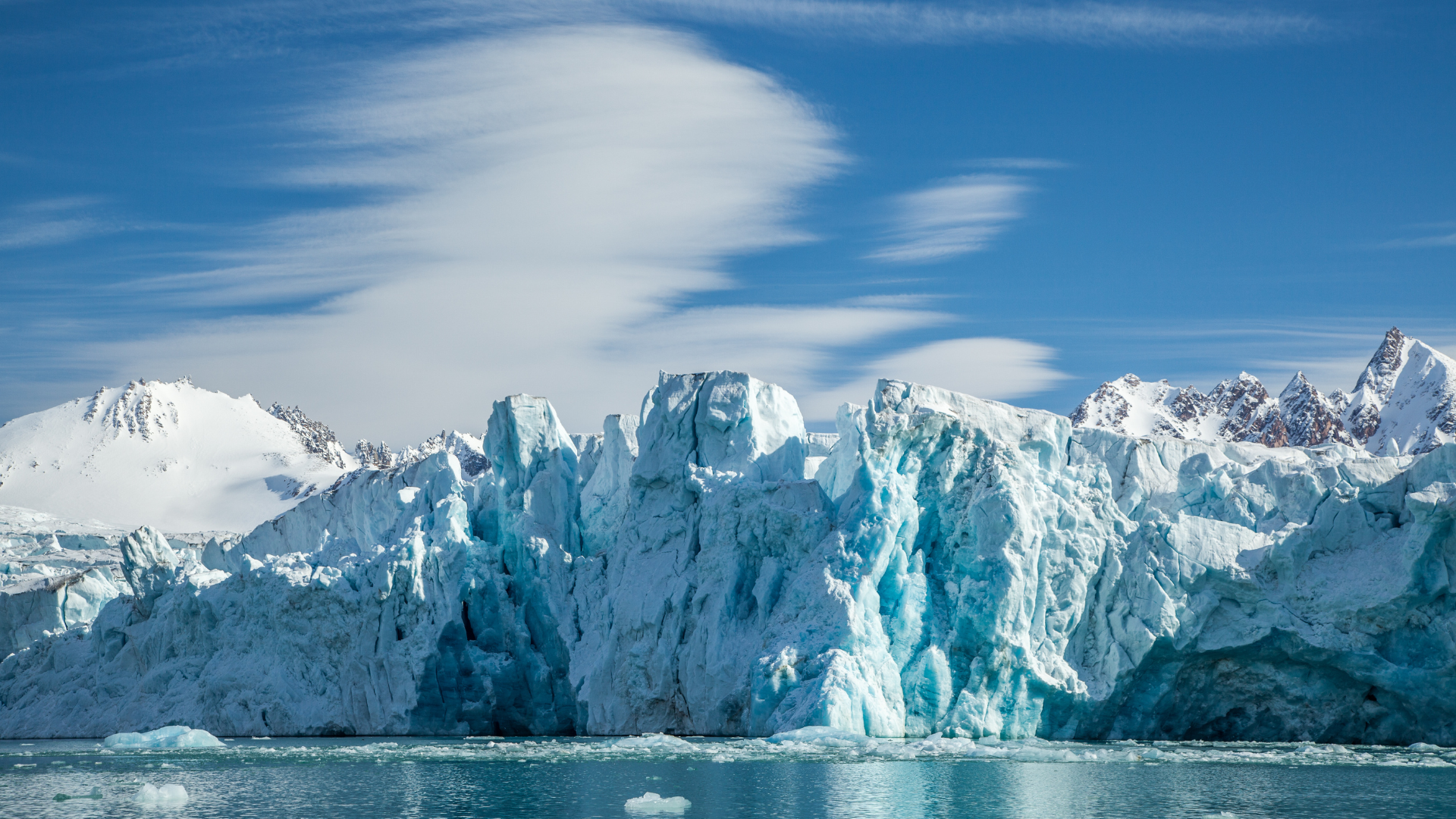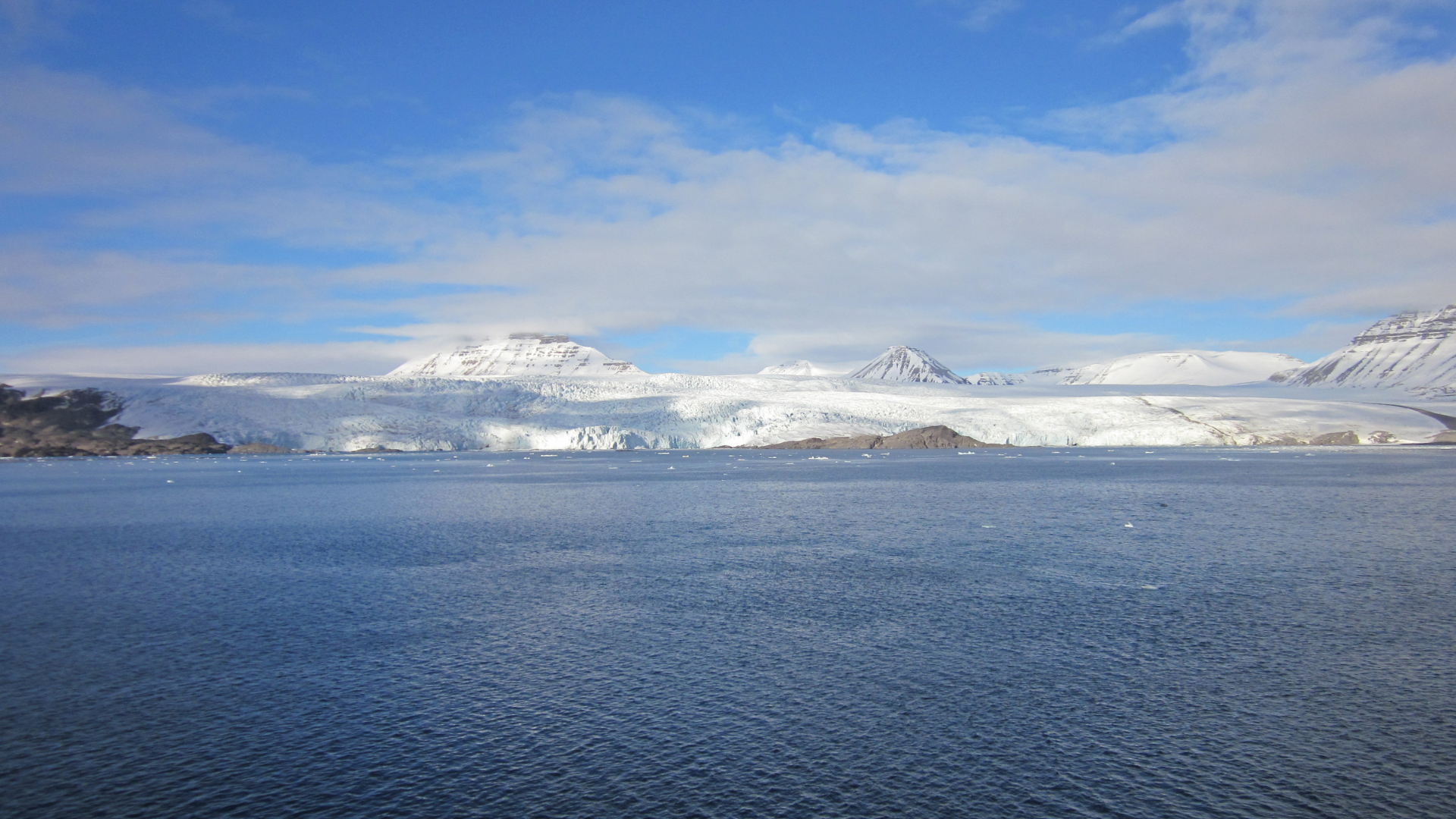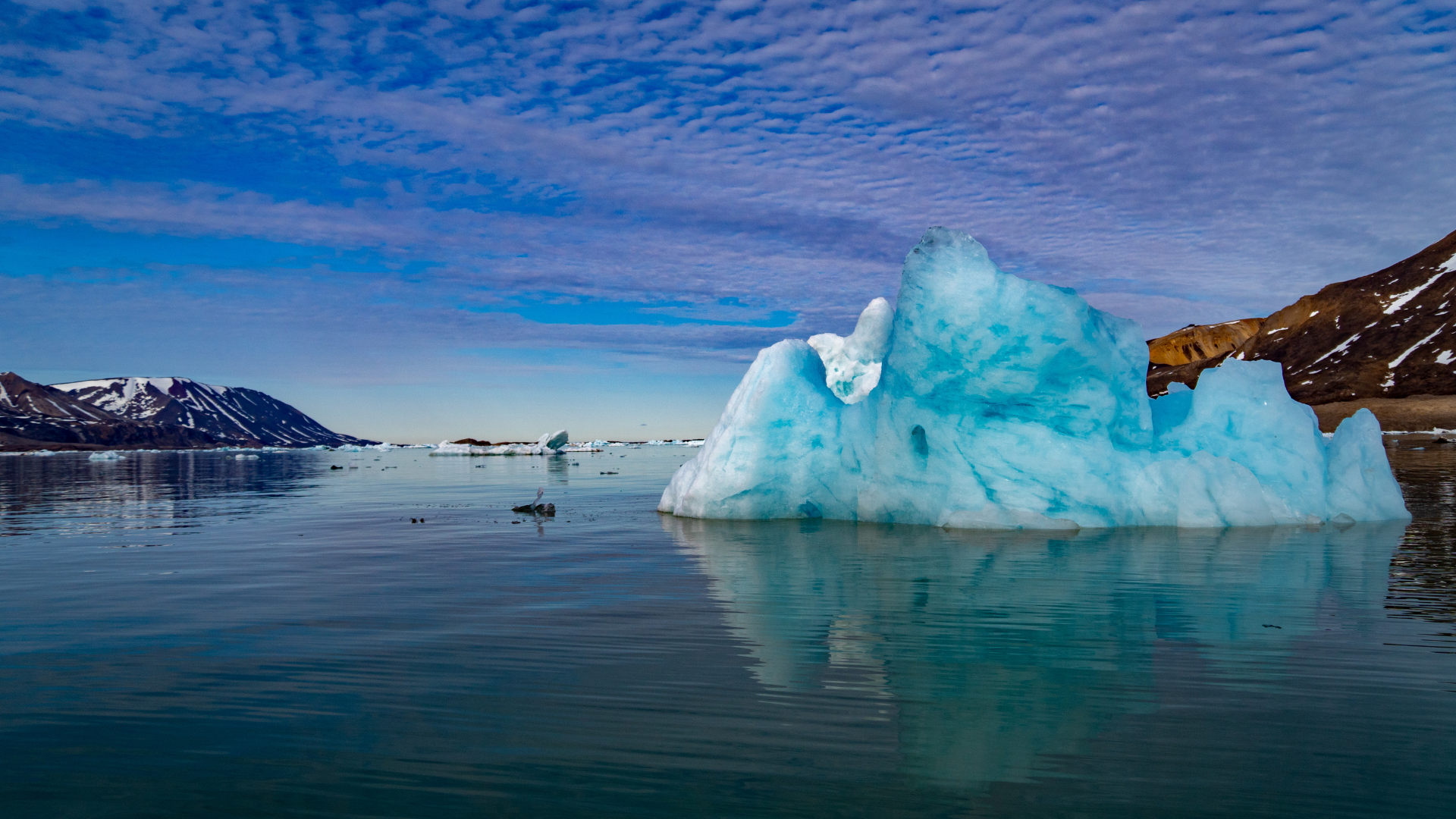Svalbard and Nature
Svalbard and Nature
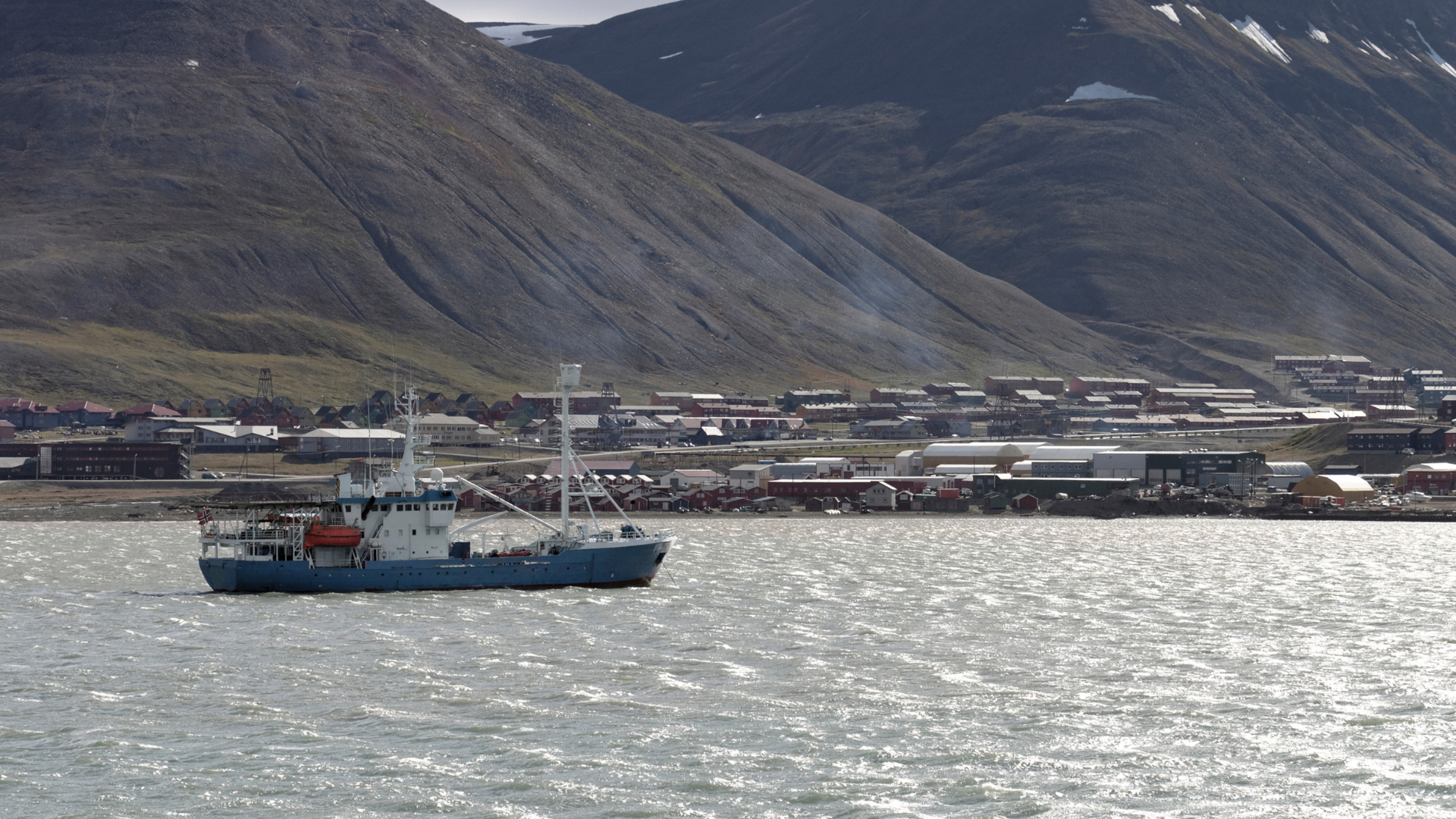
Svalbard, an Arctic archipelago situated between Norway and the North Pole, offers an unparalleled experience for those passionate about nature. This remote region is celebrated for its striking landscapes, abundant wildlife, and unique environmental features. Exploring Svalbard's natural beauty reveals a world shaped by geological wonders, diverse ecosystems, and dedicated conservation efforts.
Svalbard's geological history is a fascinating narrative of Earth's evolution. The islands showcase an array of rock formations, some dating back hundreds of millions of years, which tell the story of ancient seas, volcanic activity, and shifting continents. The dramatic cliffs, rugged mountains, and expansive glaciers of Svalbard are a testament to these powerful geological processes. Adventurers and scientists alike are drawn to this natural laboratory, where each layer of rock holds clues to the planet's distant past.
The archipelago's glacial landscapes are among its most striking features. Svalbard is home to numerous glaciers, covering about 60% of its land area. These immense ice formations are constantly changing, carving valleys, fjords, and jagged peaks as they advance and retreat. The sight of these towering ice masses, shimmering under the Arctic sun or cloaked in the eerie glow of the midnight sun, is a mesmerizing experience. Glacier hikes and ice cave explorations offer visitors a closer look at these frozen giants, revealing the intricate patterns and vivid blue hues of the ice.
Svalbard's climate and extreme conditions have given rise to a unique and resilient flora and fauna. Despite the harsh environment, over 165 species of plants thrive here, including vibrant Arctic flowers that bloom during the brief summer. These hardy plants have adapted to the cold, permafrost, and limited sunlight, creating a surprisingly diverse and colorful tundra. The archipelago's plant life supports a range of herbivores, such as the Svalbard reindeer, which graze on the sparse vegetation.
The wildlife of Svalbard is equally impressive. The region is renowned for its polar bear population, which is one of the largest in the world. These apex predators roam the ice and tundra, hunting seals and other marine life. Encounters with polar bears are both thrilling and sobering, reminding visitors of the raw power and majesty of Arctic wildlife. Other notable mammals include the Arctic fox, which is perfectly adapted to the cold with its thick fur and keen hunting skills, and the Svalbard reindeer, a smaller, more robust species than its mainland counterparts.
Marine life around Svalbard is rich and varied, benefiting from the nutrient-rich waters of the Arctic Ocean. Whales, seals, and walruses are common sights, with several species of whales, including the majestic blue whale, frequenting the area. The archipelago's waters are also home to numerous fish and invertebrates, forming a complex and productive marine ecosystem. Kayaking and boat tours offer unparalleled opportunities to observe these creatures in their natural habitat, often accompanied by the dramatic backdrop of calving glaciers and rugged coastlines.
Birdwatching in Svalbard is a rewarding experience due to the abundance of seabirds that nest along its cliffs and shorelines. Species such as the little auk, puffin, and Arctic tern are common, providing spectacular displays of flight and feeding behavior. The bird cliffs of Svalbard are bustling with activity during the breeding season, offering a unique spectacle of avian life. These cliffs are crucial nesting sites, and conservation efforts ensure that these habitats remain protected from human disturbance.
Conservation in Svalbard is a high priority, given its fragile ecosystems and the increasing threats posed by climate change and human activities. The Svalbard Environmental Protection Act governs the region, aiming to preserve its natural and cultural heritage. About 65% of Svalbard's land area is protected through national parks, nature reserves, and bird sanctuaries, ensuring that its unique landscapes and wildlife are safeguarded for future generations. These protected areas provide vital refuges for species adapting to the rapidly changing Arctic environment.
Climate change is perhaps the most significant challenge facing Svalbard's ecosystems. The warming Arctic is causing glaciers to melt at unprecedented rates and altering the distribution and behavior of wildlife. Research conducted in Svalbard is crucial for understanding the broader impacts of climate change on polar regions and developing strategies to mitigate these effects. The scientific community's work in Svalbard contributes valuable data and insights that are essential for global conservation efforts.
Svalbard's natural wonders, from its awe-inspiring glaciers and diverse flora to its rich marine life and iconic polar bears, make it a truly remarkable destination. The archipelago's commitment to conservation and sustainable tourism ensures that visitors can experience its beauty while contributing to its preservation. Whether you're exploring its dramatic landscapes, observing its wildlife, or delving into its geological history, Svalbard offers a profound connection to the natural world and a deeper understanding of the delicate balance that sustains it.
